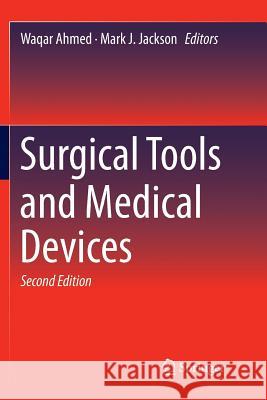Surgical Tools and Medical Devices » książka
topmenu
Surgical Tools and Medical Devices
ISBN-13: 9783319815275 / Angielski / Miękka / 2018 / 691 str.
Kategorie:
Kategorie BISAC:
Wydawca:
Springer
Język:
Angielski
ISBN-13:
9783319815275
Rok wydania:
2018
Wydanie:
Softcover Repri
Ilość stron:
691
Waga:
0.97 kg
Wymiary:
23.39 x 15.6 x 3.61
Oprawa:
Miękka
Wolumenów:
01
Dodatkowe informacje:
Wydanie ilustrowane











